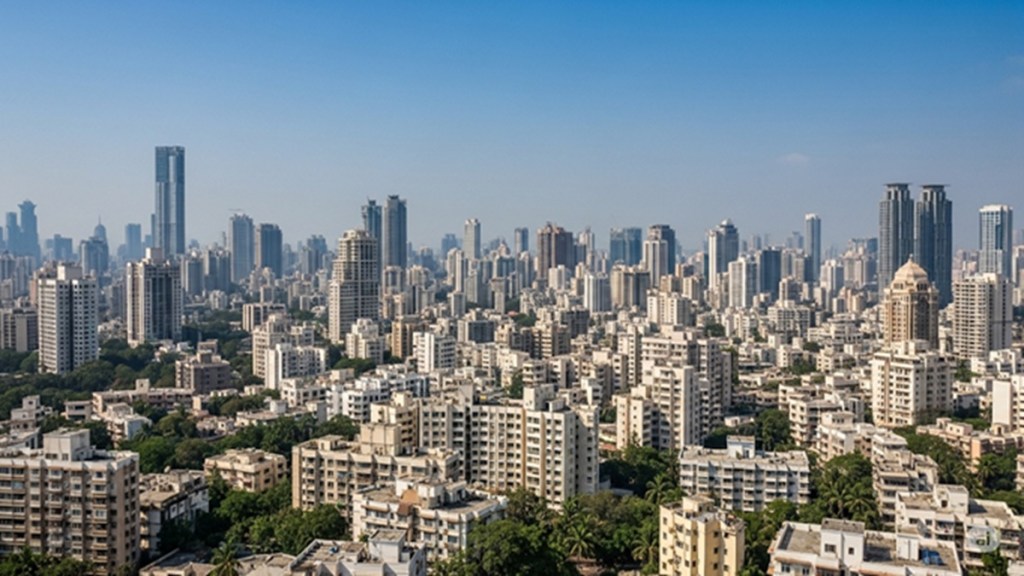The government has announced a major change to further simplify the country’s GST system. It now wants to go only with two slabs – 5% and 18% for a majority of goods. While luxury and “sin” goods will have a special rate of 40%. It is said that the new structure can be implemented by Diwali.
As of now, in the real estate sector, GST is levied at different rates on different construction materials – such as 28% on cement, 18% on steel, 28% on paint, 18% on tiles and sanitaryware. Input costs directly affect the total cost of the project and the housing price.
What does it mean for homebuyers?
Experts believe that simplifying the tax structure will reduce the cost for developers, and its benefits can reach the buyers.
Adish Oswal, Chairman, Oswal Group believes the housing sector will stand to benefit from the proposal of two simplified GST slabs at 5% and 18%, since it will lower input costs in real estate, particularly when cement and other essential materials face high taxation today.
According to him, this would make property more affordable and would renew buyers’ interest, especially in emerging tier-2 markets like Ludhiana, where second-home demand is quietly strengthening. By lowering the tax burden on key construction materials, developers will be able to pass on savings to homebuyers, creating momentum in emerging markets, he noted.
Ashok Singh Jaunapuria, MD & CEO, SS Group says the real estate market stands to benefit from the proposed GST simplification, and the relief will surely reach buyers.
Developers will certainly see healthier margins from lower input taxes, but credibility comes from passing on those savings, he added. “In a market where trust is as critical as pricing, ensuring buyers directly benefit strengthens long-term demand. With the festive season ahead, when the demand is at its peak, we see this as a chance to convert tax reform into consumer confidence.”
NCR market and buyers’ situation
Abhishek Raj, Founder & CEO of Jenika Ventures, says “GST has been a game-changer for real estate in Delhi-NCR, creating uniformity and consolidating several taxes into one transparent system. The GST rate on under-construction residential properties was reduced in 2019 from 12% with ITC to 5% without ITC.”
According to him, this step significantly improved buyer confidence in NCR’s under-construction segment, particularly in high-growth corridors such as Noida, Gurugram and Ghaziabad, where demand earlier remained subdued due to higher tax outflows.
“As of the first half of 2024, Delhi-NCR witnessed sales of more than 38,200 housing units — a 25% year-on-year increase. However, the lack of Input Tax Credit continues to weigh heavily on developers. In a market dominated by middle-class buyers, affordability is key and without ITC, long-term viability becomes a challenge,” he mentioned.
‘Necessary to partially bring back the input tax credit’
Pawan Sharma, Managing Director TRG Group believes that it is necessary to partially bring back the input tax credit. According to him, this will provide affordable homes to buyers and developers will also get enough margin so that they can provide quality housing on a large scale.
Impact on affordable and luxury housing
Sandeep Aggarwal, Chairperson & MD, AIL Developer says that the new structure is likely to reduce the construction cost and if the tax burden reduces by 10–20%, “it might be able to enable good pricing in metro as well as tier-II markets.” However, the fear of 40% tax on luxury housing will remain a challenge.
On the other hand, Viren Mehta, Founder & Director of ElitePro Infra, believes that the luxury segment uses expensive materials and foreign finishing. If these are put in the 40% slab, “the costs of construction would go up substantially.” According to him, even though demand may be strong in markets like NCR and Gurugram, developers may have difficulty managing the cost structure.
What could be the outcome?
Overall, the proposal of two GST slabs could be good news for homebuyers, especially if developers pass on the tax savings directly to customers. This will be a big relief in the affordable housing segment, while luxury housing is likely to see costs increase due to the 40% tax.
For now, all eyes are on what final shape emerges in the proposed GST structure by Diwali and how much relief this change actually provides to homebuyers.

